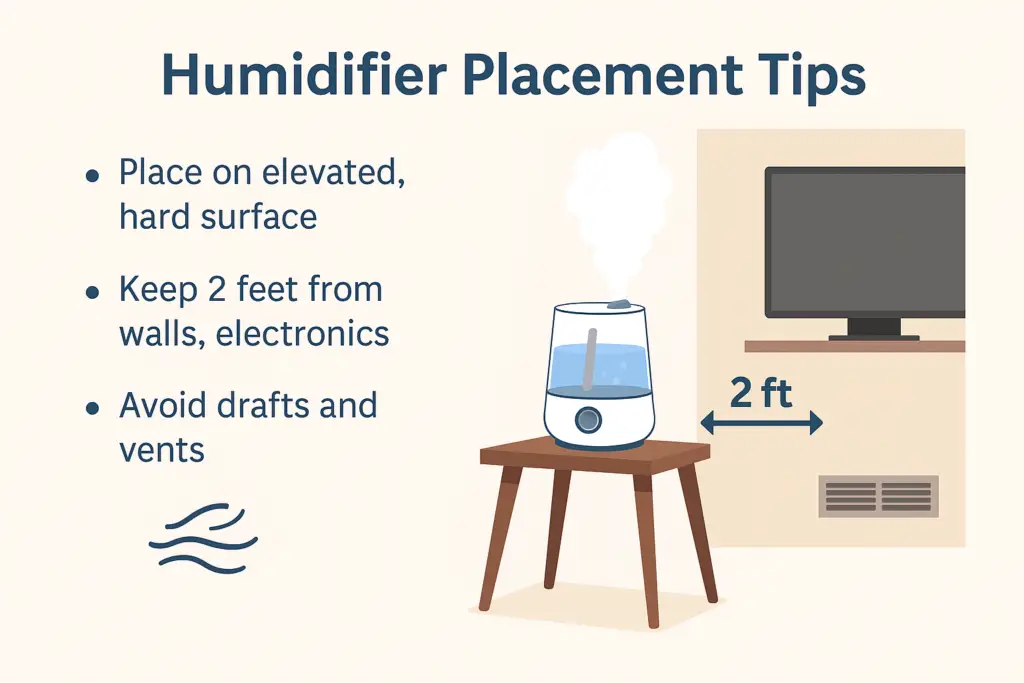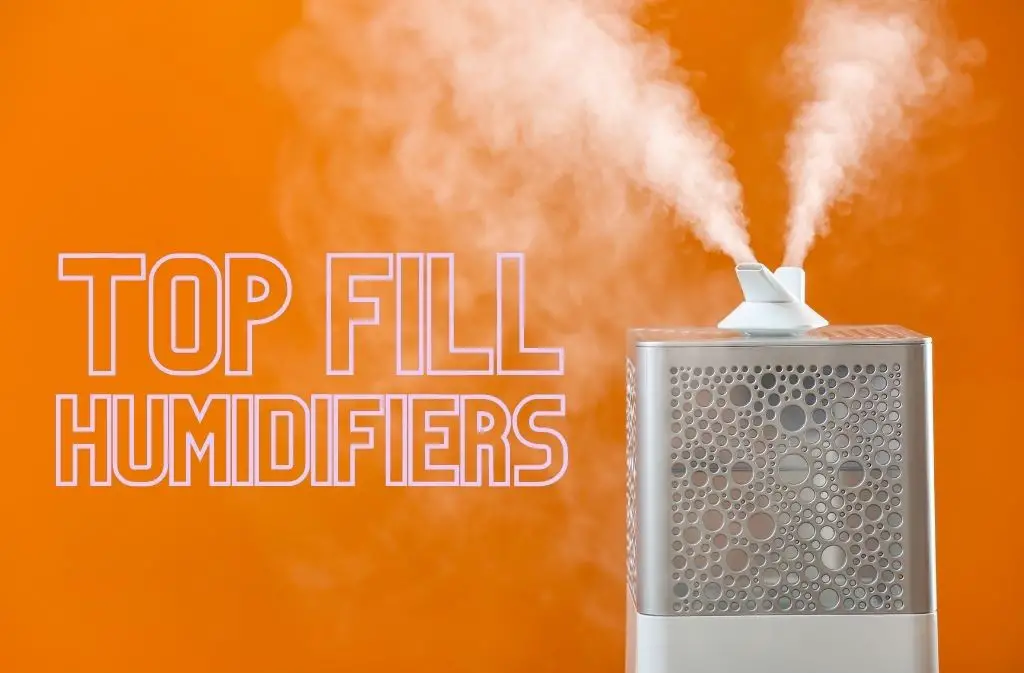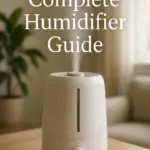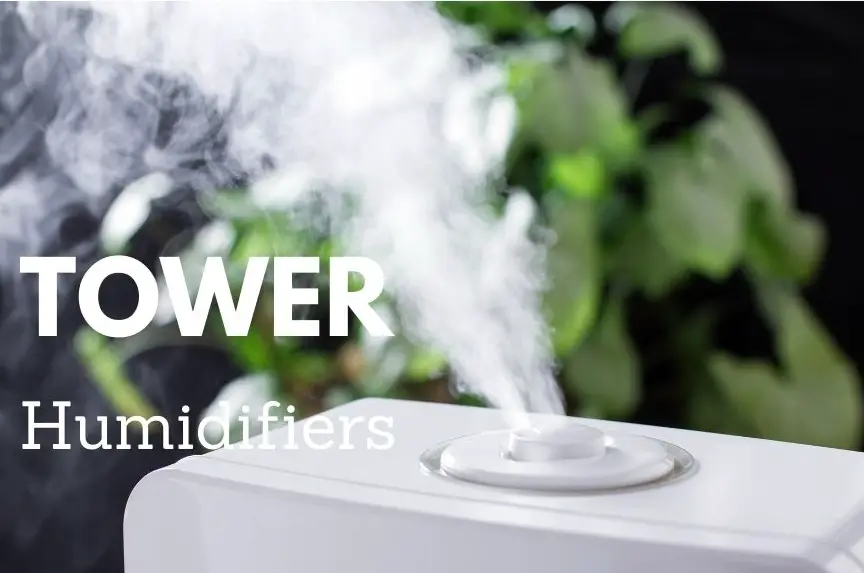To choose the right size humidifier, measure your room’s square footage (length × width). For every 100 sq ft, plan for about 1 gallon of daily mist output. Small rooms need 2–3 gallons/day, while extra-large spaces over 1500 sq ft may require 8–12+ gallons/day. Use a hygrometer and choose a unit with a built-in humidistat for best control.
Table of Contents
Finding the Right Size Humidifier for Maximum Comfort

A humidifier is a useful appliance that can add much-needed moisture back into dry, heated indoor air. Maintaining proper indoor humidity levels between 30-50% has many benefits – it alleviates dry skin, sinus congestion, and static electricity, protects wood furniture and houseplants, and creates a generally comfortable environment.
However, choosing the right size humidifier for your room is important. A unit that is too small will not be able to keep your air properly humidified. On the other hand, one that is too large may over-humidify your space and encourage mold growth. The key factors that determine what size humidifier you need are room size, desired humidity level, and mist output.
This comprehensive guide will walk you through how to calculate the ideal humidifier capacity and output for any residential space.
We’ll cover how cubic feet and humidity needs determine size, compare warm vs cool mist options, discuss key features to look for, and provide tips for proper placement and maintenance. With the right information, you can ensure you select a humidifier that efficiently hydrates your indoor air without becoming an overflowing, leaky nuisance.
 Factors That Determine What Size Humidifier You Need
Factors That Determine What Size Humidifier You Need
There are several variables that influence what size humidifier is required for a given room or open area. Taking these factors into account will help you choose a model with ample misting power to humidify your space optimally.
Desired Humidity Level
The ideal indoor humidity range for comfort and health is 30-50%. Levels below 30% tend to worsen respiratory issues, cause dry skin and sinuses, and build up static electricity. Over 50%, moisture encourages mold, bacteria, and pests.
A humidifier that is undersized for your room won’t be able to maintain sufficient humidity. Checking the target mist output (in gallons/day) specified by the manufacturer is the best way to ensure the humidifier can hydrate air to your desired humidity percentage.
Use a hygrometer to monitor the current relative humidity in your room before purchasing a humidifier. Keeping it between 30-50% by adjusting your humidifier’s settings prevents under or over-humidification.
Room Dimensions
Naturally, larger spaces require more humidifying power than smaller rooms. To choose an adequately sized unit, you first need to measure your room and calculate its square footage and cubic feet.
Use a tape measure to find the length, width and height of the room in feet. Multiply these three dimensions together to determine the room’s total cubic feet.
Length x Width x Height = Cubic Feet
As an example, a bedroom measuring 10 x 12 feet with an 8 foot ceiling would be:
10 x 12 x 8 = 960 cubic feet
In general, the more cubic feet your space has, the more misting capacity it needs to maintain humidity.
 Type of Humidifier
Type of Humidifier
There are several different humidifier technologies, each with their own efficiency and performance. Ultrasonic and warm mist humidifiers tend to humidify large areas better since they produce more mist.
Evaporative humidifiers use wicks and fans to distribute moisture. They work well for small to mid-sized rooms but may not disperse mist widely enough for large open areas.
Knowing the type of humidifier technology and its rated mist output for optimal coverage will help determine if it’s a good fit.
Presence of Doors, Windows and Vents
Rooms with lots of doors, windows or ventilation allow humidified air to escape. More openings mean you need a unit capable of higher mist production to compensate.
Air vents, ceiling fans and other circulating systems also reduce humidity by moving conditioned air out. A powerful humidifier is key for well-ventilated rooms to replenish the lost moisture.
Climate and Time of Year
Dry climates and cold seasons with indoor heat require added moisture. If you live in an arid environment or run your heater often, your humidifier will need to work harder compared to other times of year.
Size up when shopping for a unit you plan to use frequently in dry, winter months. The right capacity helps maintain comfort when your climate works against you.
 Calculating Your Room’s Humidity Needs
Calculating Your Room’s Humidity Needs
Once you know your room’s dimensions in cubic feet, you can use some general guidelines to determine its ideal humidifier mist output capacity.
| Room Size | Recommended Output |
|---|---|
| Small room under 500 sq ft | 2-3 gallons/day |
| Medium room 500 – 1000 sq ft | 3-5 gallons/day |
| Large room 1000 – 1500 sq ft | 5-8 gallons/day |
| Extra large room over 1500 sq ft | 8-12+ gallons/day |
These estimates assume an 8 foot ceiling. Taller rooms require slightly more humidification power.
Let’s refer back to our sample 10 x 12 foot bedroom that had a cubic footage of 960. At that size, it qualifies as a medium room. The ideal humidifier would have around 3-5 gallons per day of misting capability.
Whenever possible, check the manufacturer’s specifications for a given model’s recommended room size suitability and mist output rating. This provides a more exact capacity guide compared to general cubic feet estimates.
Here are two more room size examples with the suitable humidifier output:
- Living Room
- 14 feet x 18 feet x 9 foot ceilings
- 14 x 18 x 9 = 2,268 cubic feet
- Large room over 1,000 square feet
- Needs 5-8 gallon/day humidifier
- Studio Apartment
- 300 square feet x 9 foot ceilings
- 300 x 9 = 2,700 cubic feet
- Medium room 500 – 1000 square feet
- Needs 3-5 gallon/day humidifier
Factor in Climate and Ventilation Too
Note that these humidity output recommendations assume average climate and ventilation conditions. Particularly cold, dry air or a room with lots of windows or fans necessitates a unit with more power.
It’s always better to size up if you live in an arid region or have high ventilation. You can always turn down the mist level later, but an undersized unit won’t be able to produce enough humidity for large, dry spaces.
Warm vs. Cool Mist Humidifiers
Humidifiers come in two main technologies: warm mist and cool mist. Let’s compare their operation and ideal room size uses.
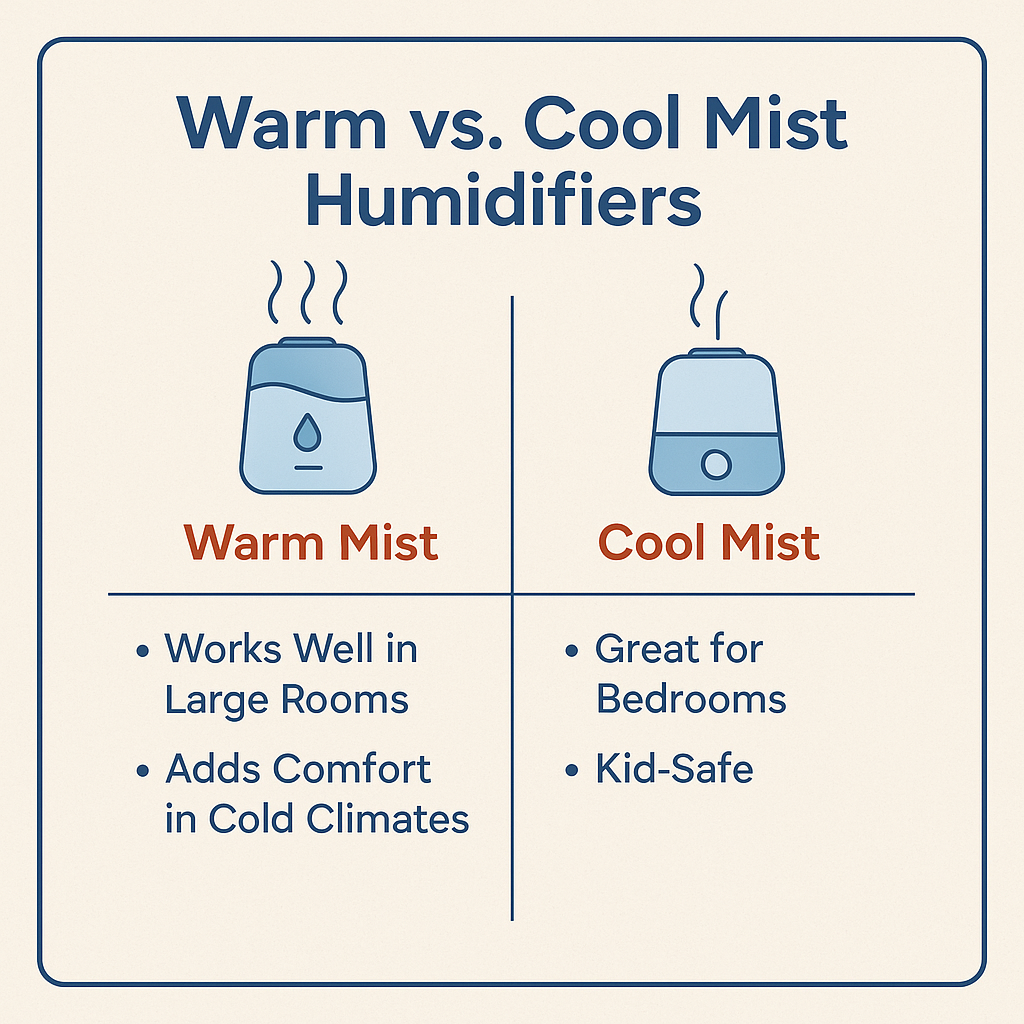
How Warm Mist Humidifiers Work
Warm mist units work by boiling water and releasing the steam into the air. The heat involved kills up to 99% of mold and bacteria in tap water, making warm mist models a good choice for allergy sufferers.
On the downside, the hot steam and surfaces can pose a safety risk, especially around children. They also consume more electricity.
Best Room Size for Warm Mist Models
Thanks to their robust steam output, warm mist humidifiers work well for large spaces starting at 1,000 square feet or more. The heat output also helps add comfort in cold climates. Just take safety precautions if kids or pets are present.
How Cool Mist Humidifiers Work
Cool mist humidifiers don’t heat the water. Instead, they use wicks, filters, and fans to evaporate room-temperature water into a fine mist. Other “filter-free” models use ultrasonic vibrations to generate a micro-fine vapor that efficiently humidifies.
Benefits include being safer around kids and pets and using less energy. However they are prone to more mold growth without hot steam to kill bacteria.
 Best Room Size for Cool Mist Models
Best Room Size for Cool Mist Models
Ultrasonic and evaporative cool mist humidifiers work well for small to medium rooms less than 1,000 square feet. Quiet ultrasonics can even treat larger spaces, but may need frequent refilling.
If you have a nursery or kid’s room, opt for a cool mist to avoid accidental burns. Just be diligent about cleaning it often.
Other Important Features to Consider
Beyond basic warm vs cool mist types, also compare features that affect performance and convenience.
- Runtime Per Tank Fill – Units with a larger water tank capacity need less frequent refilling. If you don’t want to be constantly topping it off, choose a humidifier that can run at least 24 hours before needing a refill.
- Tank Capacity – Check tank size in gallons. Bigger is better for larger, drier rooms. Humidifiers with 1 gallon tanks are suited for small to medium rooms. Go larger for open concept areas. Some humidifiers come with optional extended tanks you can purchase separately for even more runtime between refills.
- Noise Level and Sleep Mode – Ultrasonic and warm mist options are the quietest humidifier types. If the unit will be used in a bedroom, look for a sleep mode that dims lights and reduces fan noise.
- Filters: Washable vs. Replaceable – Replaceable filters last longer but cost more over time. Washable ones save money but require more frequent cleaning and replacement when they wear out. Either type works for general home use.
- Controls and Humidistat – Digital controls allow setting a precise humidity percentage. Models with a built-in humidistat automatically shut off when the desired level is reached, preventing over-humidification.
- Special Features – Consider convenient extras like aromatherapy trays for adding essential oils, air purifying filters, night lights or humidifier/sound machine combos. These may come in handy for nurseries and kids’ bedrooms.
Proper Placement and Maintenance

To function safely and effectively, humidifiers require the right placement and regular cleaning and maintenance:
- Place on an elevated, hard surface at least 2 feet from walls/electronics. Keep away from drafts or vents.
- Fill with distilled or filtered water to prevent mineral buildup. Avoid untreated tap water.
- Change water daily and clean all parts thoroughly. Disinfect with bleach solution weekly to prevent mold.
- Replace filters, membranes, and wicks per manufacturer schedule.
- Let unit dry out between uses to extend lifespan. Store with no water during off seasons.
- Use a hygrometer to monitor humidity and avoid over-humidification. Keep around 30-50%.
- Clean hygrometer sensor regularly for accurate readings.
- Descaling solution removes mineral deposits if tap water is used.
With regular cleaning and detergent-free water, a cool mist can safely humidify a nursery. Just monitor humidity closely and empty water daily. Warm mist models are lower maintenance but too hot for baby rooms.
Where Should You Put a Humidifier When You’re Sick?
If you’re using a humidifier while you’re sick, placement becomes even more important. Set it up on a stable, elevated surface near where you sleep or rest — usually a nightstand or dresser — but keep it at least 2 feet away from your head to avoid direct mist. Make sure the mist disperses evenly into the room and isn’t blowing directly at your face. Proper placement helps relieve congestion and keeps humidity levels balanced for better healing.
Conclusion
Choosing the ideal humidifier starts with calculating your room’s cubic feet and understanding the factors that determine required mist output. Compare manufacturer specifications for models rated for your room size and desired humidity level.
Cool mist works well for smaller areas under 1,000 sq ft, while warm mist better serves large open spaces and cold climates. Consider convenience features like runtime, controls, and noise level too.
Proper placement, daily cleaning, and monitoring humidity prevents issues like leaks and over-humidifying. Maintaining your humidifier well also extends its functional lifespan.
With the right sized unit for your needs, you can enjoy balanced humidity between 30-50% all year long. This protects your home, possessions and health without promoting mold growth. Breathing properly humidified air feels fresh and soothing.

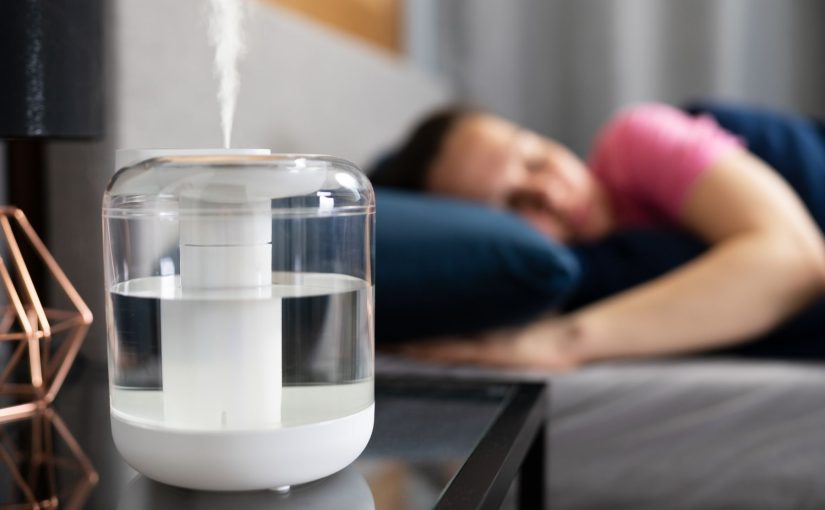
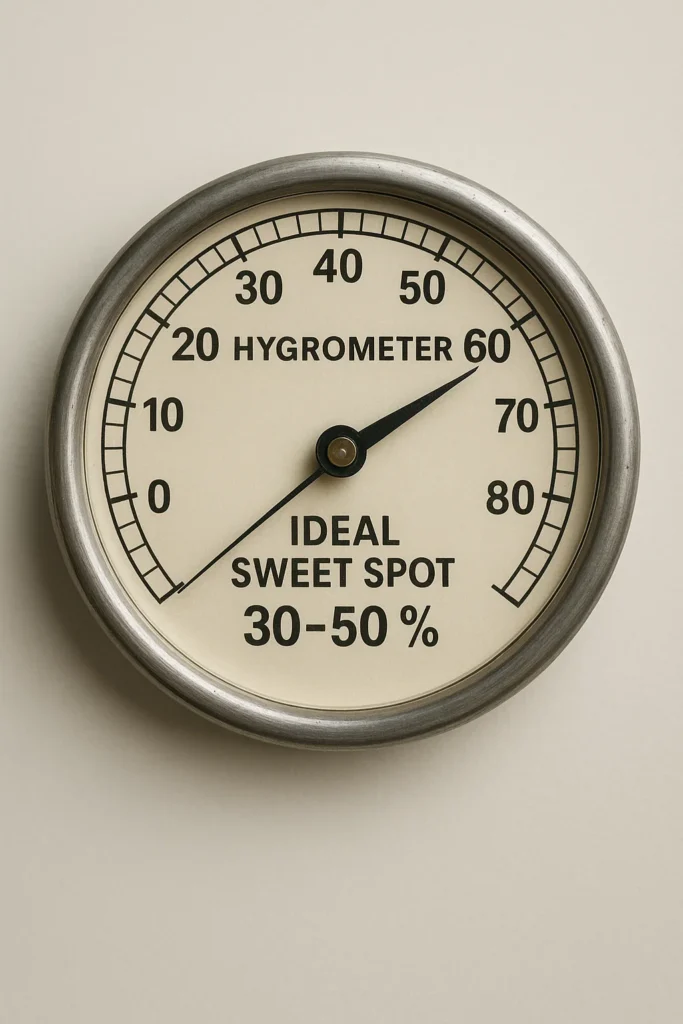 Factors That Determine What Size Humidifier You Need
Factors That Determine What Size Humidifier You Need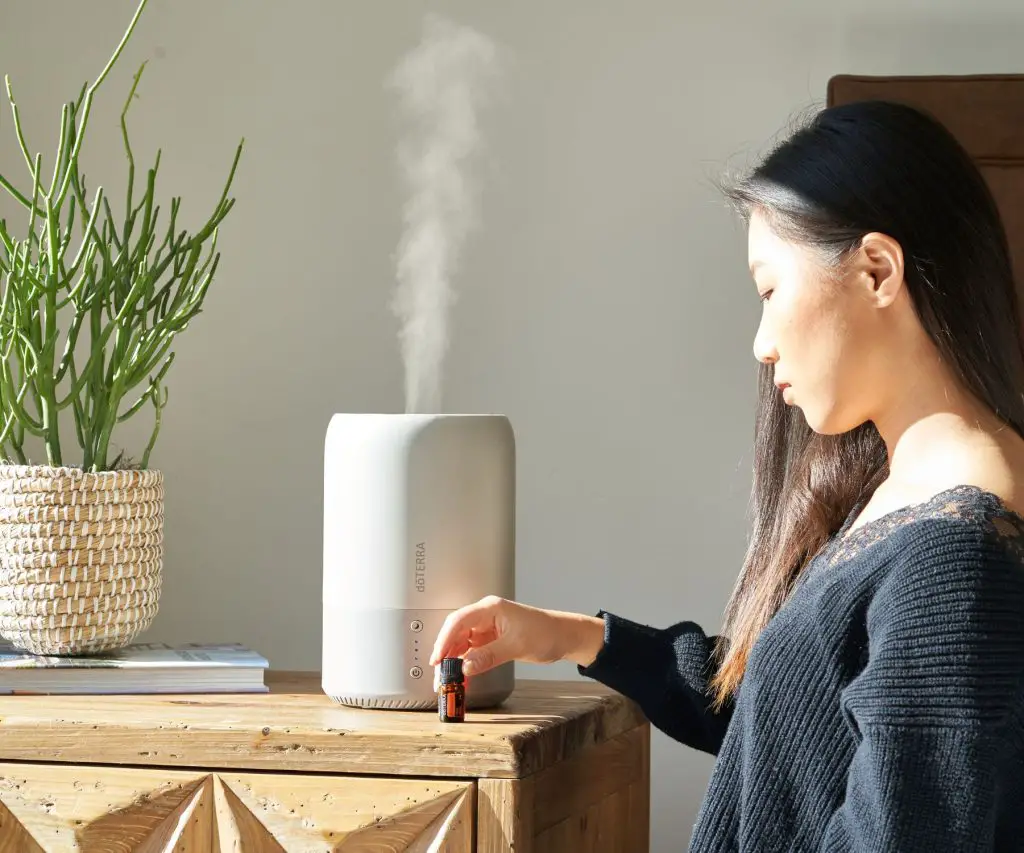 Calculating Your Room’s Humidity Needs
Calculating Your Room’s Humidity Needs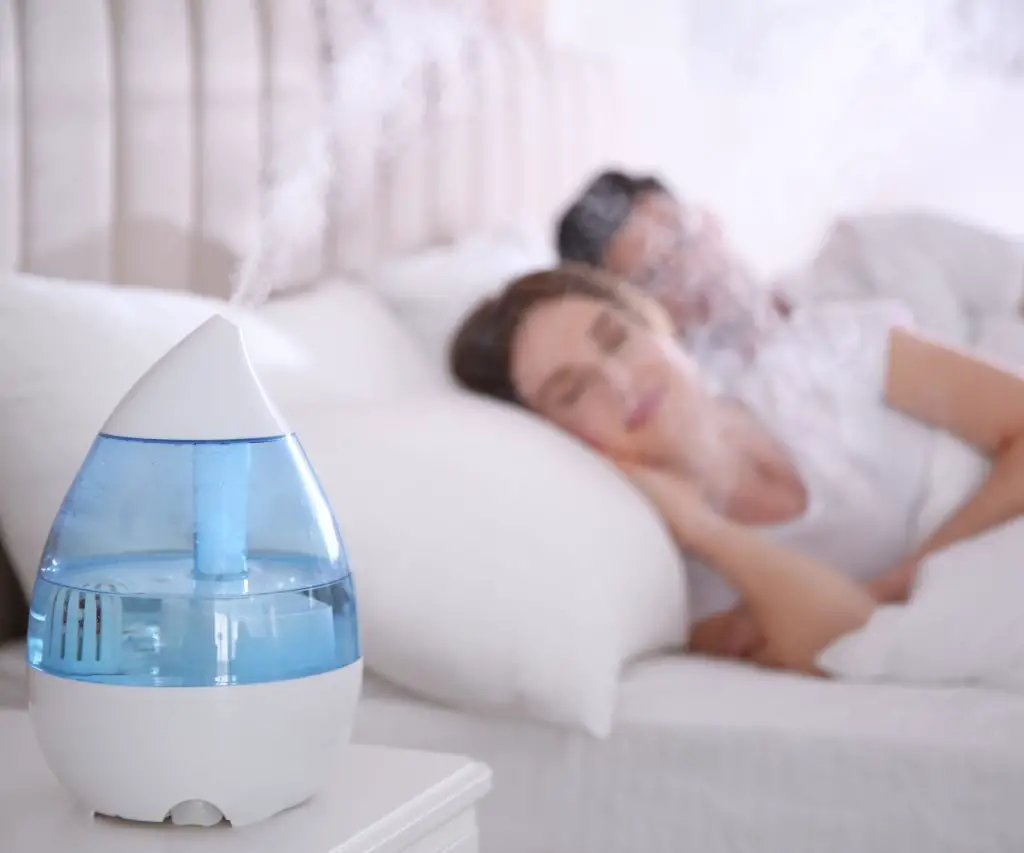 Best Room Size for Cool Mist Models
Best Room Size for Cool Mist Models